





A different way of looking at circular food production
“We study the philosophy behind a business as well as the way they operate to determine the individual puzzle pieces that make up the whole picture. That information can be useful for other farmers. A different company might have a different philosophy, product, or end goal, but one part of their operation might be the piece you need to complete your puzzle. A farm might take a piece from Indonesia, another from Austria, and a third from Cuba to compliment their own approach.”
“An example from the Netherlands is organic farm ERF, which employs a method called row cropping. They plant alternating, nine foot wide rows of crops. If a row should catch a blight, the different crops on either side act as a sort of firewall, making it hard for the disease to spread. In addition, different crops attract different kinds of useful insects, which naturally improves crop resilience. This way of producing can be interesting for farmers the world over. It’s exactly the kind of puzzle piece a farmer in Russia, Australia, or Namibia might fit into their own business.”

A different way of looking at circular food production
“We want to showcase the successful elements of these Lighthouse Farms, and more often than not those are certain ways of thinking about and looking at the world. We have a farm in Latvia that is a good example of this. They have a thousand cows, and they combine that with six anaerobic digesters, two industrial generators and dozens of tanks for breeding fish. It’s impossible to say what their main product even is anymore, because it’s all part of a different production philosophy. Economically it’s a caviar farm, but energy-wise it’s a self-sufficient power plant fed by cow manure. Those cows also happen to produce milk and meat. The farm kind of transcends the way we normally see circularity because they’ve let go of the traditional way of thinking about primary and secondary products. It’s a new way of thinking: which steps do we need to take now to develop the successful companies and methods of the future?”
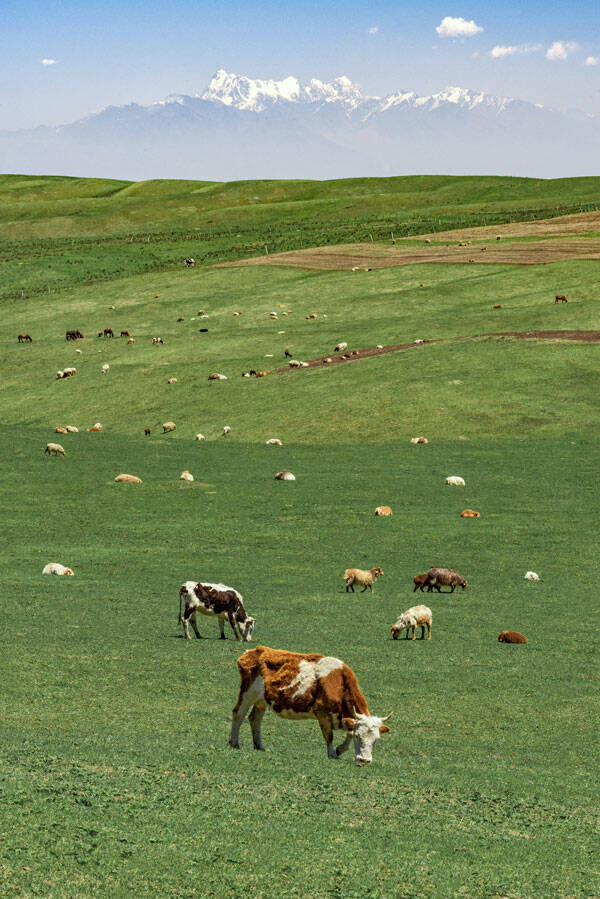
“The farm kind of transcends the way we normally see circularity because they’ve let go of the traditional way of thinking about primary and secondary products”
Annemiek Pas Schrijver
Economic and agrarian success
“It’s not a singular project, but a network existing of viable farms that each operate in their own environmentally conscious way. They could be circular, nature-inclusive, regenerative, or operate through community supported agriculture. There’s no hard and fast criteria. We have carefully selected these farms for their radical approach to at least one important aspect of future-proof sustainable farming. Another important selection criteria is that we are able to show these farms have economic success. Farmers looking at Lighthouse Farms need to feel inspired by both the philosophy and the results. Sustainable food, produced in an innovative way is great, but they want to be convinced by revenue streams too.”
What are Lighthouse Farms?
“A lighthouse farm is an existing, commercially viable farm in the real world that are positive deviants and are ‘already in 2050’ in terms of providing sustainably produced food and ecosystem services. These visionary farms demonstrate what can be achieved within the bio-physical and socio-economic solution spaces. Some of them operate ecologically, some are climate neutral or circular, others use modern technologies to produce in a way that is efficient, smart, and clean.”
“The WUR studies the data behind these companies and uses them for research purposes. At the moment we have a network of eleven Lighthouse Farms in different countries. From Ethiopia to Cuba and from Latvia to Indonesia.”
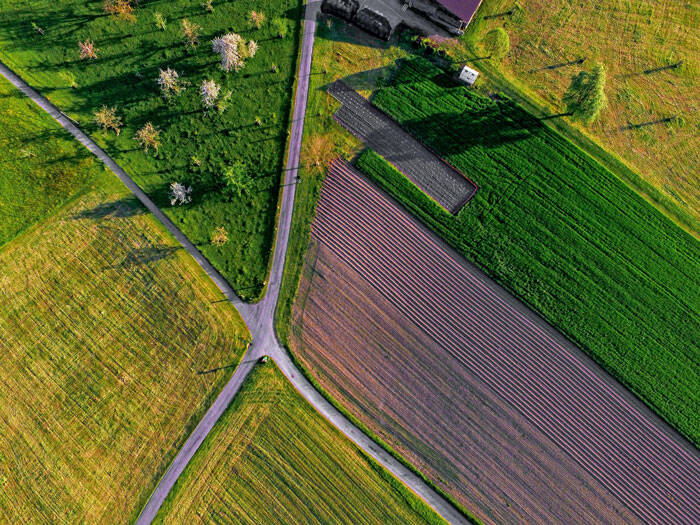
Annemiek Pas Schrijver coordinates the Global Network of Lighthouse Farms at Farming Systems Ecology group. She explains how Lighthouse Farms contribute to a successful and more sustainable food production.
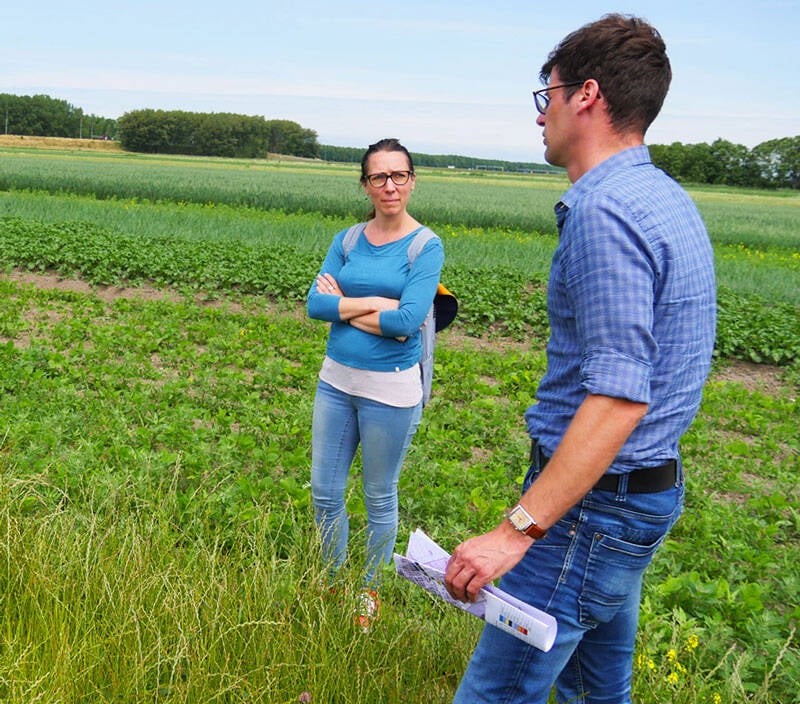
Joost Scholten Xiao Er Kong
The world is in two crises. One acute, in the shape of COVID-19, and another slow, in the shape of climate change. In order to effectively handle both crises we must make our society both safe and sustainable. How can we do that for food production? The Dutch Wageningen University and Research (WUR) has for some time now been developing a network of Lighthouse Farms in order to recognize and share sustainable, socially responsible, and economically successful traits in farming.
LIGHTHOUSE FARMS GUIDE THE WAY TO 2050
Sustainable farms of the future
INTERVIEW
3 min
SUSTAINABLE FARMS OF THE FUTURE
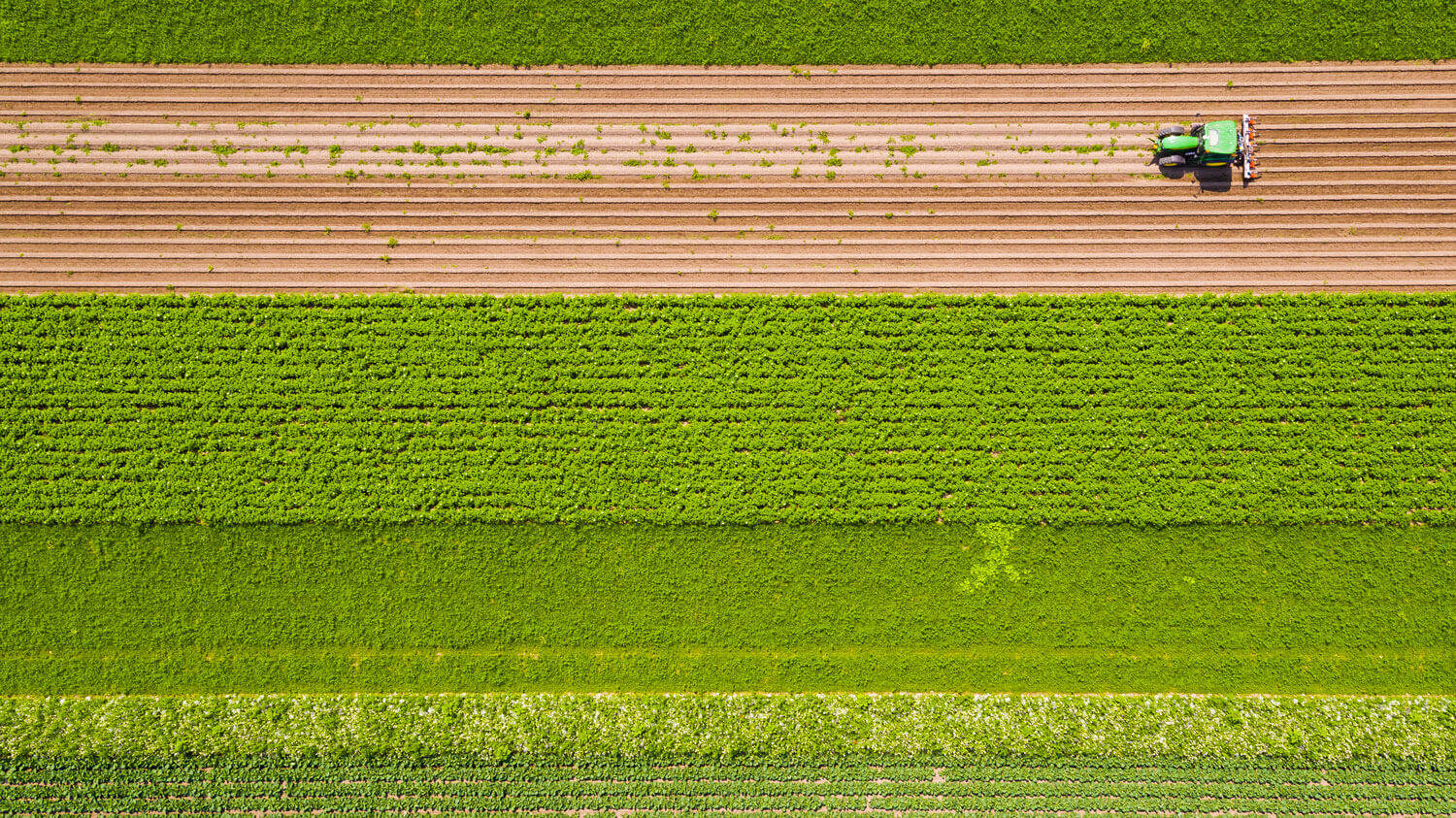






A different way of looking at circular food production
“We study the philosophy behind a business as well as the way they operate to determine the individual puzzle pieces that make up the whole picture. That information can be useful for other farmers. A different company might have a different philosophy, product, or end goal, but one part of their operation might be the piece you need to complete your puzzle. A farm might take a piece from Indonesia, another from Austria, and a third from Cuba to compliment their own approach.”
“An example from the Netherlands is organic farm ERF, which employs a method called row cropping. They plant alternating, nine foot wide rows of crops. If a row should catch a blight, the different crops on either side act as a sort of firewall, making it hard for the disease to spread. In addition, different crops attract different kinds of useful insects, which naturally improves crop resilience. This way of producing can be interesting for farmers the world over. It’s exactly the kind of puzzle piece a farmer in Russia, Australia, or Namibia might fit into their own business.”

A different way of looking at circular food production
“We want to showcase the successful elements of these Lighthouse Farms, and more often than not those are certain ways of thinking about and looking at the world. We have a farm in Latvia that is a good example of this. They have a thousand cows, and they combine that with six anaerobic digesters, two industrial generators and dozens of tanks for breeding fish. It’s impossible to say what their main product even is anymore, because it’s all part of a different production philosophy. Economically it’s a caviar farm, but energy-wise it’s a self-sufficient power plant fed by cow manure. Those cows also happen to produce milk and meat. The farm kind of transcends the way we normally see circularity because they’ve let go of the traditional way of thinking about primary and secondary products. It’s a new way of thinking: which steps do we need to take now to develop the successful companies and methods of the future?”
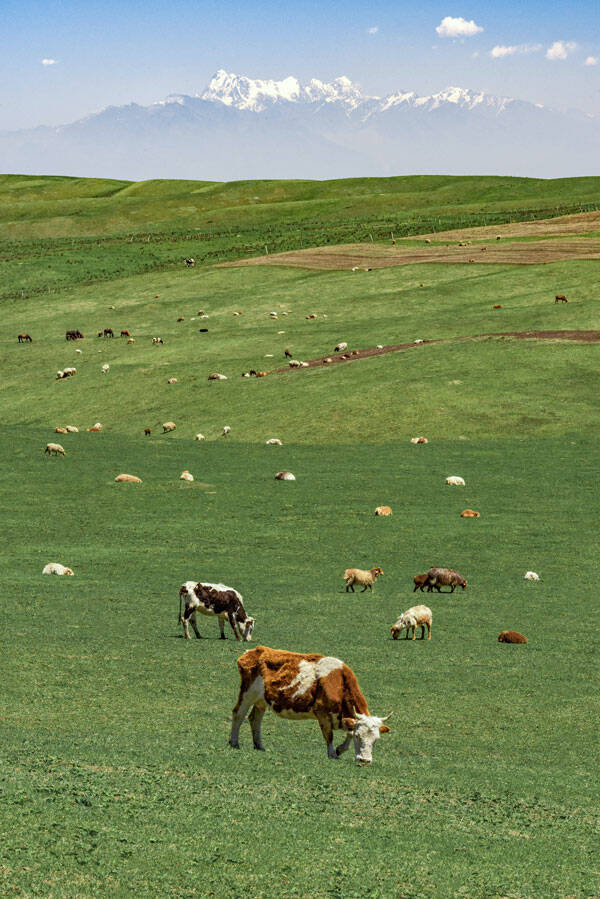
“The farm kind of transcends the way we normally see circularity because they’ve let go of the traditional way of thinking about primary and secondary products”
Annemiek Pas Schrijver
Economic and agrarian success
“It’s not a singular project, but a network existing of viable farms that each operate in their own environmentally conscious way. They could be circular, nature-inclusive, regenerative, or operate through community supported agriculture. There’s no hard and fast criteria. We have carefully selected these farms for their radical approach to at least one important aspect of future-proof sustainable farming. Another important selection criteria is that we are able to show these farms have economic success. Farmers looking at Lighthouse Farms need to feel inspired by both the philosophy and the results. Sustainable food, produced in an innovative way is great, but they want to be convinced by revenue streams too.”

What are Lighthouse Farms?
“A lighthouse farm is an existing, commercially viable farm in the real world that are positive deviants and are ‘already in 2050’ in terms of providing sustainably produced food and ecosystem services. These visionary farms demonstrate what can be achieved within the bio-physical and socio-economic solution spaces. Some of them operate ecologically, some are climate neutral or circular, others use modern technologies to produce in a way that is efficient, smart, and clean.”
“The WUR studies the data behind these companies and uses them for research purposes. At the moment we have a network of eleven Lighthouse Farms in different countries. From Ethiopia to Cuba and from Latvia to Indonesia.”
Annemiek Pas Schrijver coordinates the Global Network of Lighthouse Farms at Farming Systems Ecology group. She explains how Lighthouse Farms contribute to a successful and more sustainable food production.

Joost Scholten Xiao Er Kong
The world is in two crises. One acute, in the shape of COVID-19, and another slow, in the shape of climate change. In order to effectively handle both crises we must make our society both safe and sustainable. How can we do that for food production? The Dutch Wageningen University and Research (WUR) has for some time now been developing a network of Lighthouse Farms in order to recognize and share sustainable, socially responsible, and economically successful traits in farming.
LIGHTHOUSE FARMS GUIDE THE WAY TO 2050
Sustainable farms of the future
3 min









